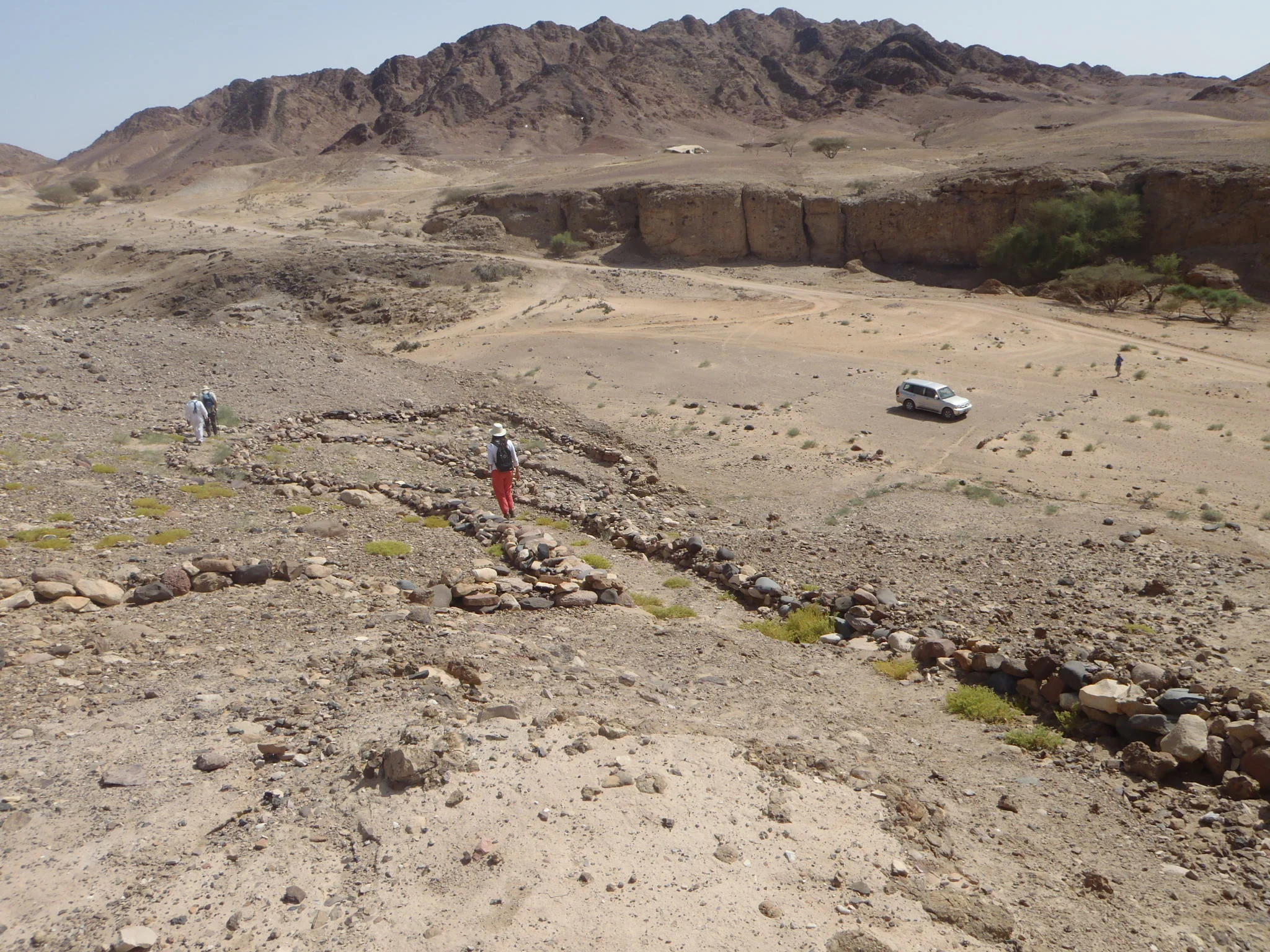SHEDDING SOME LIGHT ON LUMINESCENCE DATING
/Few have may have heard about luminescence dating despite the fact that it is now used almost routinely in archaeological and paleoclimate studies and can surpass the upper limit of radiocarbon dating by over a hundred thousand years! Over the last 40 years, luminescence dating has become an essential tool for helping us understand the timing of early human dispersal, climate change, sea level change, landscape evolution, and the rate of retreat of the last great ice sheets, among other things. This goal of this blog is to serve as a resource for students, academics, users of luminescence data and others who want to understand luminescence dating techniques and how to interpret luminescence age data.
What is OSL?
Optically stimulated luminescence dating
Optically stimulated luminescence broadly refers to a myriad of techniques that are used to determine that last time minerals (typically quartz or feldspar) were exposed to sunlight or heat. In the case of sunlight, luminescence ages tell us the approximate time a deposit or artifact was buried. After quartz and feldspar minerals are buried, they are exposed to ionizing radiation emitted from the surrounding sediments and cosmic rays from outer space that penetrate the ground surface. At the molecular scale, this radiation re-mobilizes electrons, which in turn accumulate within defects (so-called “traps”) inside the crystal lattice. These defects exist in the form of structural imperfections or impurities. The longer the mineral is buried, the more electrons accumulate within the traps.
How do we obtain an OSL age?
To calculate an age, we need to define:
1) the amount of radiation absorbed by the mineral during burial (also called the paleodose), and
2) the rate at which the mineral was irradiated during burial (called the environmental dose rate).
The age is calculated as the paleodose divided by the environmental dose rate.
To estimate the paleodose, the mineral is stimulated with a light source in the lab (blue or green light in the case of quartz), which evicts the electrons from their traps and results in the emission of photons of light (luminescence). The luminescence intensity (total photon counts) is measured by a photomultiplier tube and provides an estimate of the amount of radiation absorbed by the mineral during burial.
To measure the environmental dose rate, the quantity of radionuclides in the surrounding sediments are either measured directly, or estimated using radiation detectors in the field or in the lab.
Luminescence dating techniques are used to determine the age of artifacts, landforms and sediments that are as young as a few decades, to as old as ~ 1 Ma. This allows us to refine our understanding of Earth and human history during the Pleistocene and Holocene epochs.
Neolithic stone tools excavated from the Middle Son Valley, Madhya Pradesh, India, 2009. Photo credit: Christina Neudorf.
The following blog posts will shed some light on the physics of luminescence dating, clarify commonly misunderstood concepts, provide guidance on how interpret luminescence dating data, include some handy tips for sampling in the field, and some links for further reading.
—Christina Neudorf





